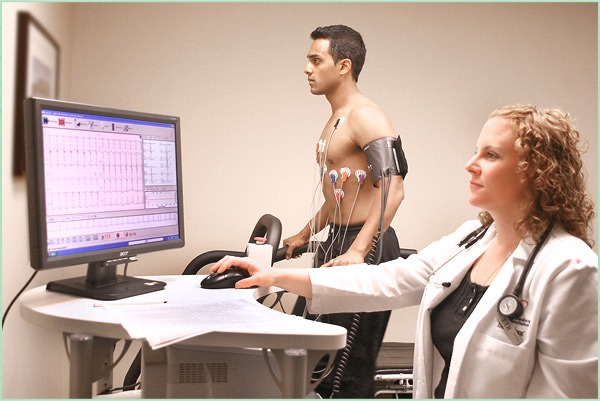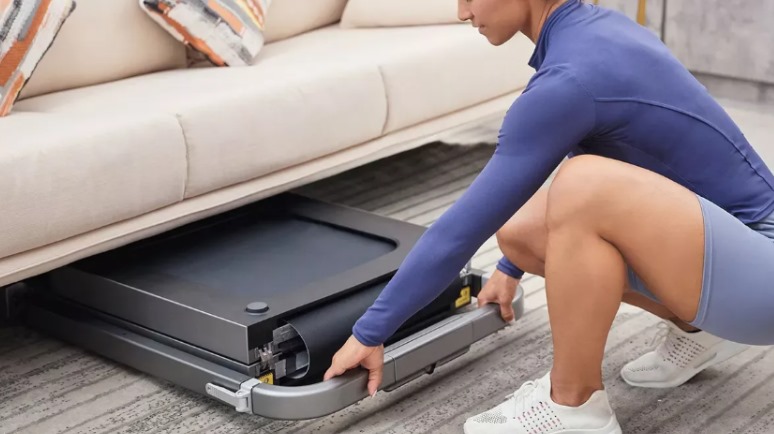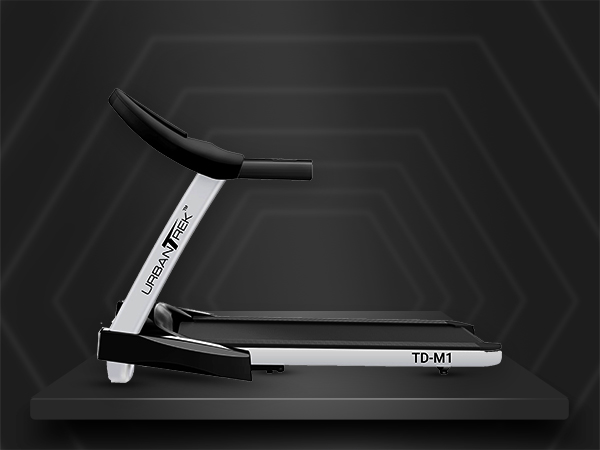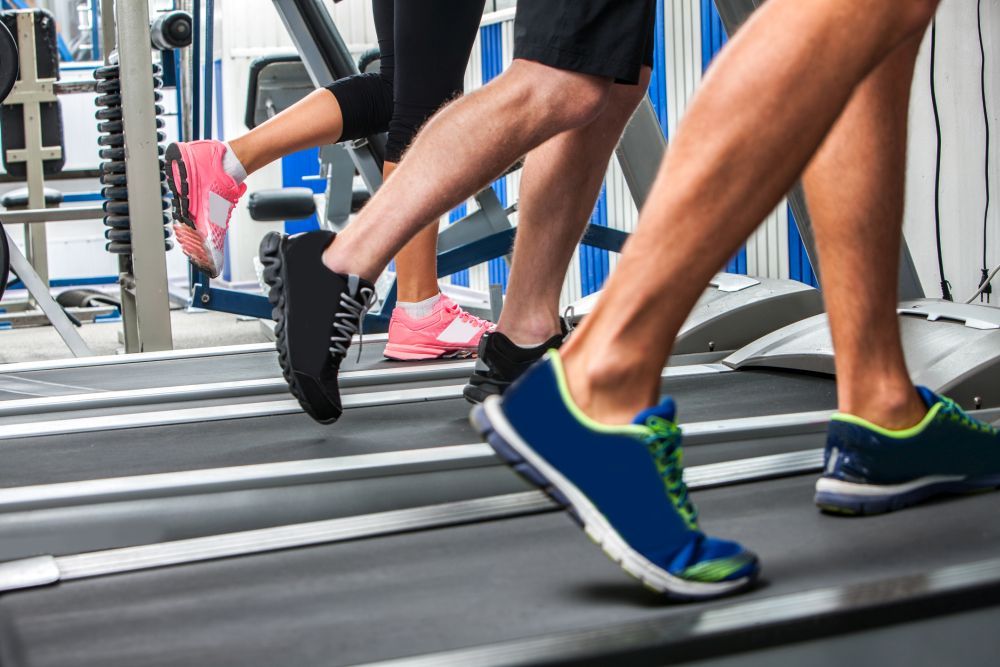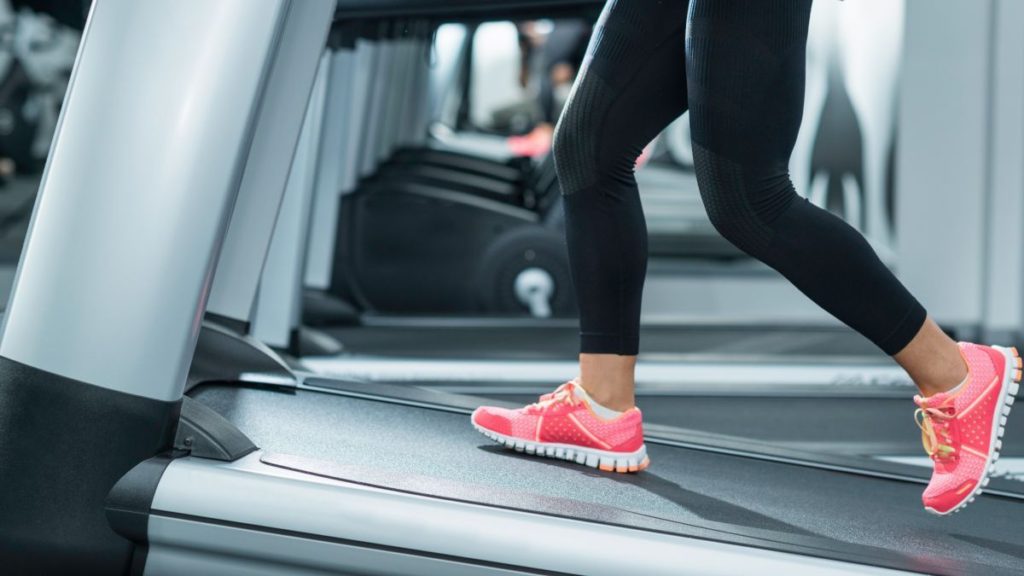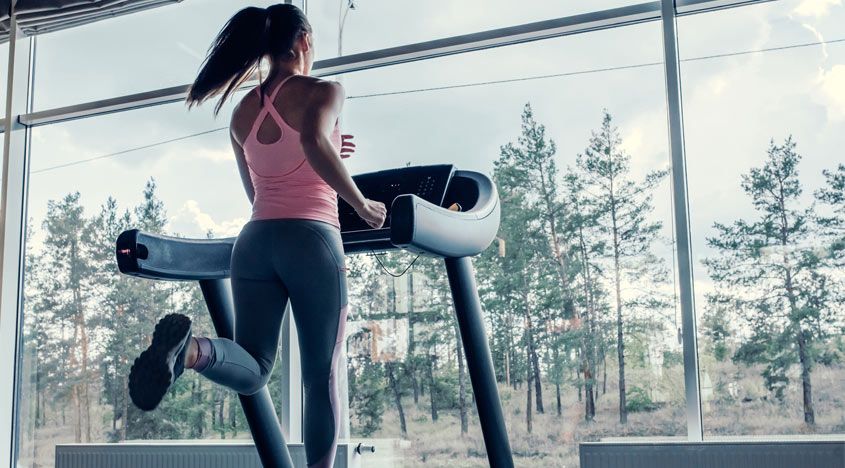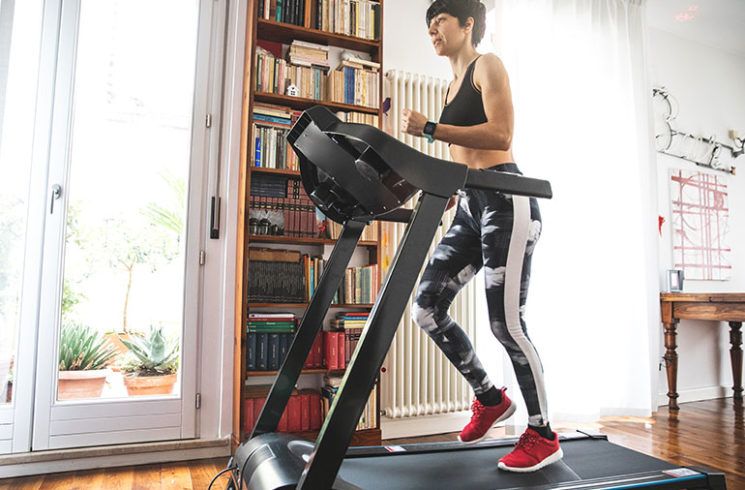Introduction: Best Selling PowerMax Fitness Equipment
PowerMax Fitness has established itself as a trusted name in the fitness industry, offering a wide range of high-quality equipment for home and commercial use. Whether you’re a beginner looking to kickstart your fitness journey or a seasoned athlete aiming to upgrade your gear, PowerMax has something for everyone.
In this blog, we’ll explore the top 5 best selling PowerMax Fitness equipment and why they are a favorite among fitness enthusiasts.
1. TDM-98 Motorized Treadmill
Why It’s a Bestseller:
The TDM-98 motorized treadmill is a compact, user-friendly treadmill perfect for home workouts. Equipped with a powerful yet quiet DC motor, this treadmill offers speeds of up to 5.0 MPH, making it ideal for both walking and running.
Features:
- 12 preset programs for varied workouts.
- A user-friendly LCD display for tracking time, speed, distance, and calories.
- Built-in speakers and a Bluetooth app for entertainment.
- Foldable design for easy storage.
The TDM-98 is the go-to treadmill for those seeking durability and convenience.
2. BU-200 NX 121 Upright Bike
Why It’s a Bestseller:
This upright bike is a perfect combination of functionality and affordability. Designed for low-impact cardio workouts, it helps improve cardiovascular health and tone lower body muscles.
Features:
- Adjustable resistance levels for a customized workout.
- Ergonomic design with a comfortable seat and handlebars.
- Built-in display to track your progress.
- Compact size for easy placement in small spaces.
The BU-200 NX 121 is a great choice for individuals looking for a low-impact yet effective workout solution.
3. EH-750 Elliptical Cross Trainer
Why It’s a Bestseller:
The EH-750 elliptical cross trainer is a versatile cross trainer that provides a full-body workout by engaging both upper and lower body muscles. Its smooth motion and adjustable resistance make it suitable for users of all fitness levels.
Features:
- Magnetic resistance for a quiet workout experience.
- Dual-action handlebars for upper body engagement.
- Large, anti-slip pedals for stability.
- LCD display to monitor time, distance, speed, and calories burned.
This elliptical is perfect for those who want to combine cardio and strength training in a single machine.
4. UrbanTrek TD-M1 Motorized Treadmill
Why It’s a Bestseller:
The UrbanTrek TD-M1 stands out for its sleek design and advanced features, making it ideal for tech-savvy fitness enthusiasts. With its smart features, this treadmill is perfect for urban homes. you can increase your stamina by using this TD-M1 Treadmill.
Features:
- Android and iOS app connectivity.
- Auto-incline functionality for challenging workouts.
- A lightweight, foldable design with transportation wheels.
- Heart rate sensors for effective monitoring.
Its combination of aesthetics and functionality makes the TD-M1 a top choice for modern fitness enthusiasts.
5. Vibration Plate VP-500
Why It’s a Bestseller:
The vibration plate VP-500 is an innovative fitness tool designed to enhance your workout routine. Its vibrating platform engages your muscles, improving strength, balance, and flexibility.
Features:
- Multiple vibration levels for varied intensity.
- Compact design for portability.
- Helps improve circulation and metabolism.
- Ideal for warm-ups, cooldowns, and rehabilitation exercises.
The VP-500 is perfect for those seeking to add variety to their fitness routine and target hard-to-reach muscles.
Conclusion
PowerMax Fitness equipment is crafted with quality, durability, and user satisfaction in mind. Whether it’s a treadmill for home running sessions or a cross trainer for a full-body workout, PowerMax caters to diverse fitness needs.
Investing in any of these best selling PowerMax fitness equipment ensures you’re on the right path to achieving your fitness goals. Ready to take the next step in your fitness journey? Explore PowerMax’s range today and bring the gym experience home!

